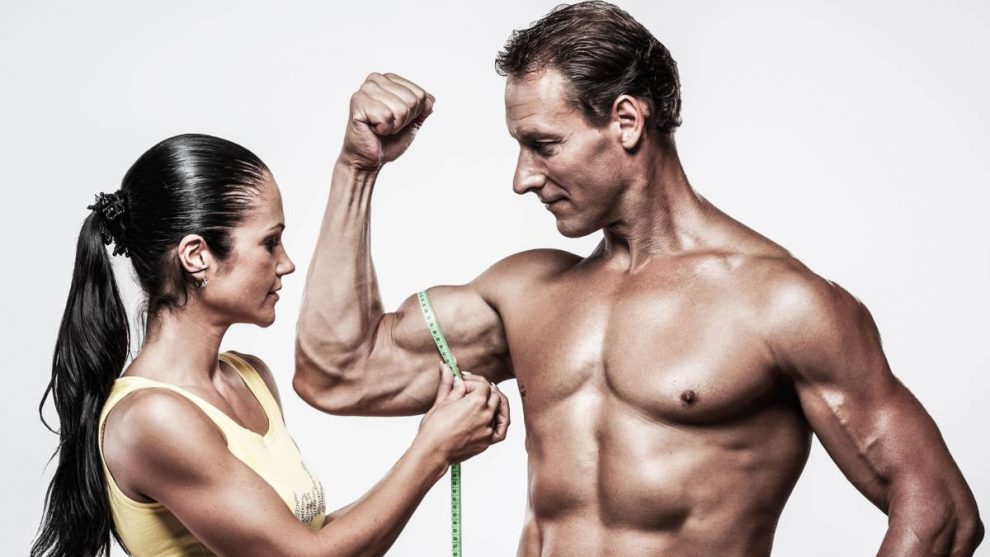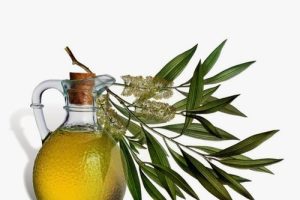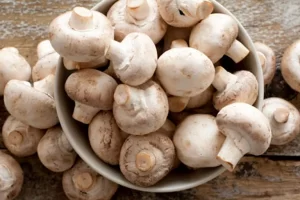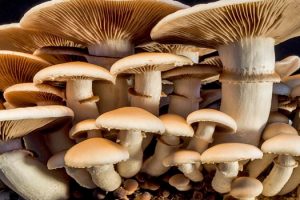NUTRITIONAL NEEDS
The dietary requirements, already explained in SPORTS NUTRITION, are the following:
Water: Whether you are looking for definition or muscle development, hydration is essential. It should be drunk before, during and after exercise. It is necessary 1ml / kcal consumed.
Electrolytes: Sweating involves more waste of water than salts. To reduce sweating, a teaspoon of salt per litre of water is sufficient during an intense workout. Lemonade (water and lemon), with a pinch of honey and salt, is the best drink. Salty foods are interesting.
Vitamins and minerals: Regulatory nutrient needs can be met with a balanced diet with plenty of fruits and vegetables.
Energy: The energy to consume depends on age, sex, height, weight and type of physical activity (frequency, duration and intensity).
Carbohydrates: The 1st fuel used by the body for exercise is glucose, from glycogen. Complex carbohydrates are required for the formation of the glycogen depot. Sweets should not exceed 10-20% of the total ingested. It would be best to consume between 50-55% carbohydrates concerning the total calories consumed for the day.
LIPIDS: A lipid consumption of 30%, concerning the total calories consumed, is sufficient. Saturated fats (animal origin) should be limited in favour of vegetable origin, which with exceptions (coconut oil also recommended), are unsaturated.
Proteins: Its primary sources are foods of animal origin and legumes; the latter also provide carbohydrates.
You need to increase your protein intake just after training to promote muscle recovery and development.
To achieve this purpose, the use of protein supplements is every day. Creatine can provide the body with high-dose proteins that are the building blocks of muscles. Its consumption is safe as long as the recommended dose on the container is respected.
In reality, the protein requirements are the same as those of the general population (12-15% concerning the total calories consumed in the day). If its consumption is abused, exceeding 15%, its use as an energy source is favoured, which leads to abnormal combustion that can lead to ketosis, dehydration, loss of minerals, increased uric acid in the blood and kidney effort.
fresh-food
RECOMMENDABLE FOODS
INCORPORATE INTO YOUR DIET
Lean meats, poultry and fish; red meat less frequently.
Eggs are very nutritious and contain a lot of protein.
Legumes and whole grains provide protein, complex hydrates and fibre.
Vegetables and fruits provide vitamins and minerals necessary to regulate organic functions.
Oils, seeds and nuts provide healthy fats.
LIMIT THE FOLLOWING FOODS
Foods with a lot of sugar. Candies, cakes, cookies, pastries and sweets, in general, will not help you in your goal.
Food with white flour. Bread, pasta and other starches, consumed in excess, can also lead to accumulated fat. If you choose them wholemeal, in the right measure, they will give you more fibre. Substitute small sandwiches filled with good lean content for large sandwiches. It is worth choosing a 100% quality whole wheat bread.
Processed foods. Discard fast foods, fried foods, chips, … and always choose the least processed way possible when buying meat, fish, eggs, cereals, vegetables, fruits, nuts and oils.
Hypertrophy often interests those who practice weightlifting or weightlifting with results such as big muscles and a lot of strength. Hypertrophying muscles helps to gain size and muscle mass, provided it is done correctly.
What is muscle hypertrophy?
Before we dive into the subject, let’s start and see what muscle hypertrophy consists of. Generally speaking, this practice involves the excessive development of tissues and organs due to increased cells, which is achieved by performing intense physical effort.
Hypertrophy consists, therefore, in the increase of the size of the muscles, whose cross-section grows without the body creating new cells. To achieve this, you have to work your muscles above their average level of performance. In other words, you have to get out of your comfort zone during training (always taking care of both execution and technique).
What happens during the hypertrophy process?
Athletes who wish to develop muscle strength must bear in mind that there is no growth without stimulation. This means that you have to overload your muscles to gain volume slightly.
What exactly happens in the body or after doing exercises like squats or bicep curls? The muscle is put to the test by overloading it, and consequently, it presents a few small tears, known as microtrauma.
Fortunately, our body is very forward-thinking and efficient. Thus, during the recovery phase that follows training, muscle fibres are repaired thanks to the storage of new proteins, which serve as food for the muscle.
It is not enough for the body to repair these tears, but it also strengthens the muscles to prepare for the possibility of this happening again. Thus, it adapts to the training volume by developing strength and muscle mass.
Of course, muscle hypertrophy occurs precisely in the resting phase. Thus, recovery is the key to success. To help your body during the recovery period and improve for the next session, try our Recovery Aminos, which combine L-glutamine with high-quality BCAAs.

















Add Comment